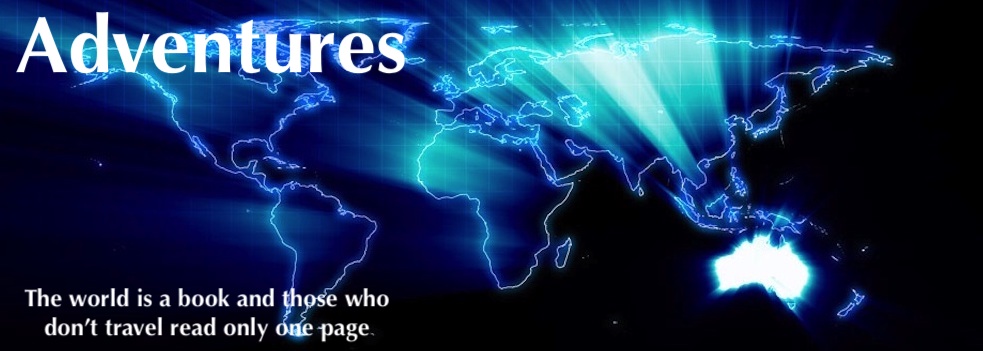After five visits to Chiang Mai there was a desire to see ‘something different’.
We decided to drive up to the campground at the top of Doi Pui National Park and then call into Ban Mon Doi Pui on the way back down. This Hmong cultural experience village is past the uber popular Wat Phra That Doi Suthep that was already extremely busy even at the early hour we transited. A short distance further up the hill traffic at the Bhubing Palace and Royal Garden was also hectic. We ignored the bully who tried to force us to take a songthaew tour and continued ‘onwards and upwards’.
- Doi Pui Mon village from a view point along the way to the Doi Pui Campground.
The Doi Pui Campground is the highest point in the Suthep-Doi National Park, part of the Thanon Thongchai Mountains. Interestingly, 1600 kilometres south-east of Mount Everest, this mountain range is considered to be the eastern foothills of the Himalayas.
- Benchmark at Doi Pui Campground. Elevation 1461 metres. Data from satellite in 2010 (2552).
As with most ‘destinations’, unless you have a specific purpose for the trip, there is very little to do once arrived other than to contemplate the achievement of getting there (if indeed it is an achievement), watch other people watching other people, enjoy the view (if there is one), and then turn around and retrace your route.
Doi Pui Campground had the bonus of a pop up coffee shop – with the further bonus that they provided good coffee and, given the location, at a very reasonable price.
- Hand pressed espresso.
- Waiting for coffee.
- At the campground.
Time to head down the hill and visit the Hmong village on the way. We had no expectations of the experience awaiting us – too busy negotiating oncoming traffic on the ridiculously narrow road.
- Ban Mong Doi Pui Markets.
The parking area at the market was full and we were directed to the overflow carpark. We walked back up to the market in the centre of the village – a tourist trap disguised as a cultural experience. We played the game, bought a T shirt and nuts, and departed. Not really disappointed.
- Tough playing on this soccer pitch.
- Ban Mon Doi Pui.
Though there was evidence of cultivation surrounding the village it would be on a subsistence level. Any substantial income in the village would be generated from tourism. Difficult not to view the place as a human zoo.
- Ban Mon Doi Pui
Wiang Kum Kam
Back on the ‘flat’ in Chiang Mai city and with plenty of day time left we elected to visit the extensive Wiang Kum Kam Historical Park.
This ancient walled city, once the capital of the Lanna Kingdom until constant flooding of the Ping River caused it to be abandoned, is located about five kilometres south of Chiang Mia, within current day suburbia. Wiang Kum Kam flourished during the reign of the Mangrai dynasty from the late 13th century until the late 16th century.
The remains of nine temples are spread over a large area. Having a vehicle to move from site to site was convenient as would be a bicycle. Shanks’ pony only for the keen.
Frans Betgem’s comprehensive article about Wiang Kum Kam will appeal to archeological buffs and visitors to Chiang Mai with an interest in its history.
We did not know of this treatise at the time of our visit. The main ruins extant are:
Wat Ku Pa Dom
Wat Chang Kam
Wat E-Kang
Wat Nan Chang
Wat Pu Pia
Wat That Khao
Wat Phra Chao Oong Dam
Wat Pha Ya Meng Rai
Wat Chedi Liem
Something Different for Dinner
Dinner was at the Wooden House Restaurant in Lamphun. Well patronised, a competent resident band, and good Thai restaurant food. A faithful rendition of John Denver’s classic ‘Country Roads’ but in a Thai accent is de rigeur for such establishments. At least I wasn’t pressured to come up on stage and sing along as I was at a nightclub in Shantou, China years previously when ‘Country Roads’ was murdered to generous applause.
The day’s trip around Chiang Mai environs totalled 97 kilometres.
Go to Chiang Mai to Chiang Saen
Go back to Pai to Chiang Mai
Go to Northern Thailand Overview
© Kim Epton 2024
743 words, 9 photographs.
Feel free to use any part of this document but please do the right thing and give attribution to adventures.net.au. It will enhance the SEO of your website/blog and Adventures.
See Terms of Use.









